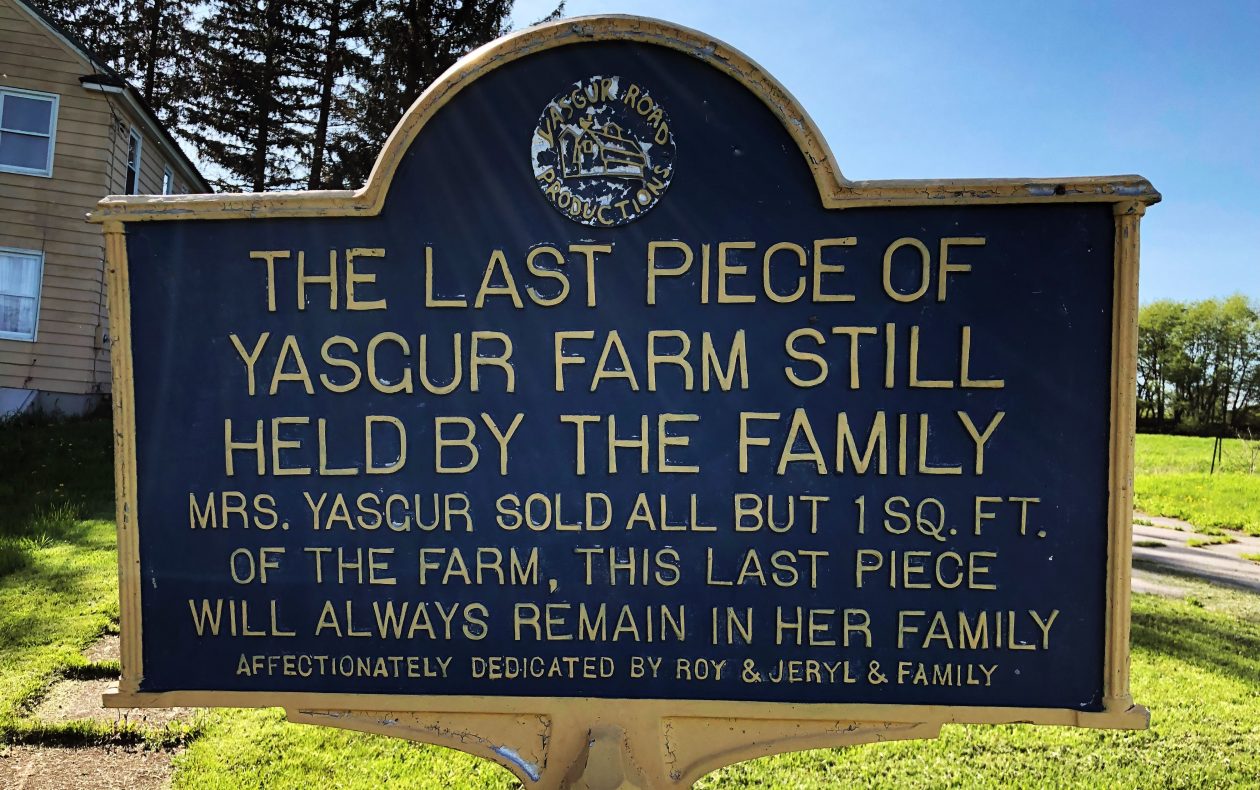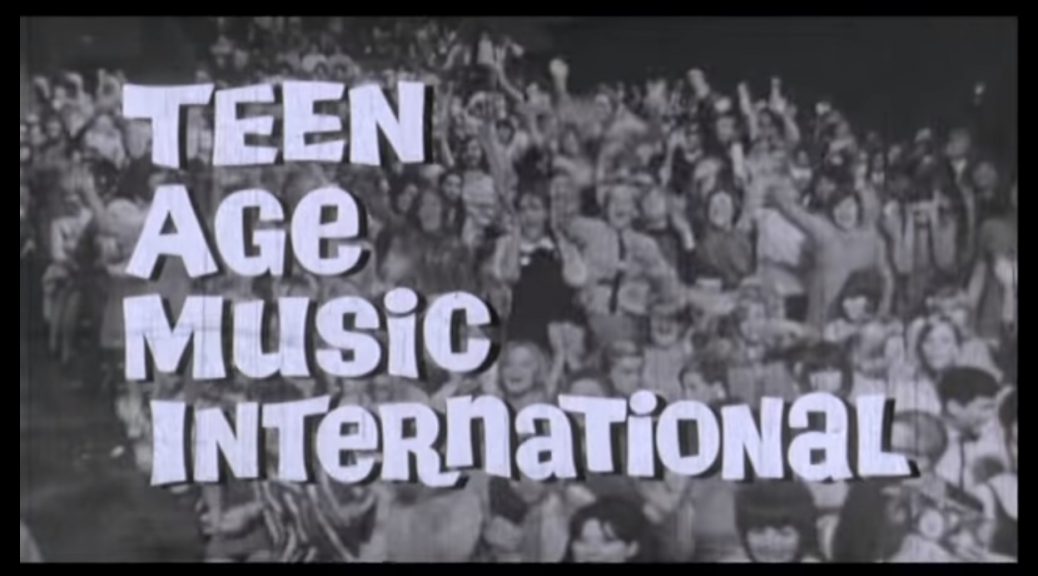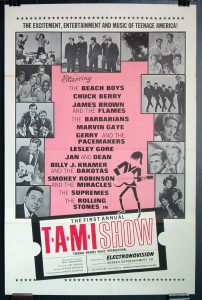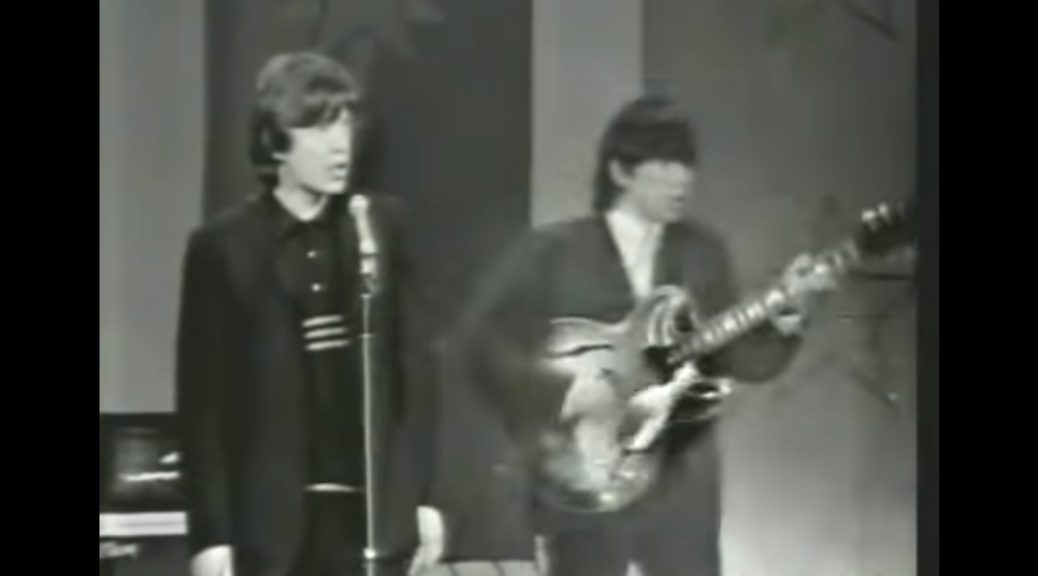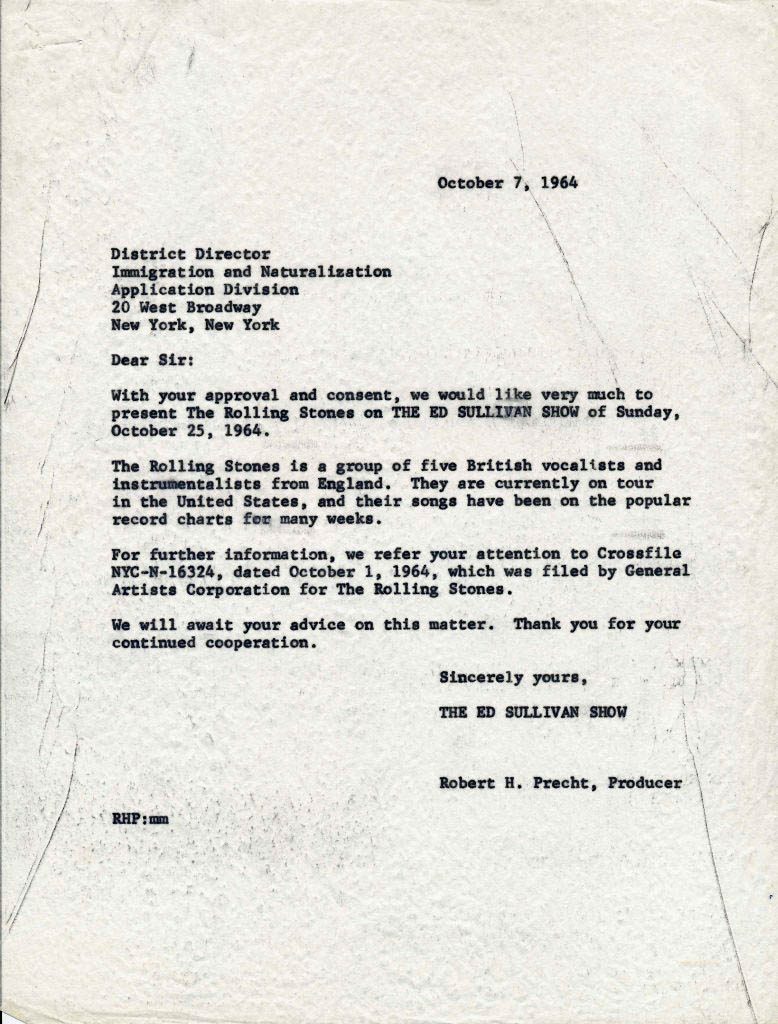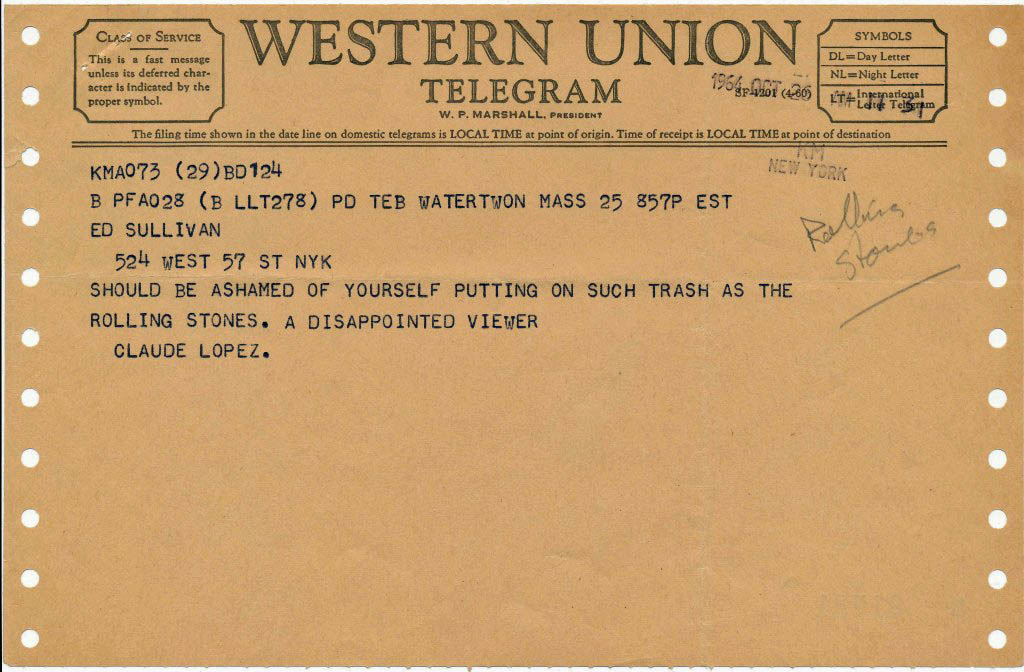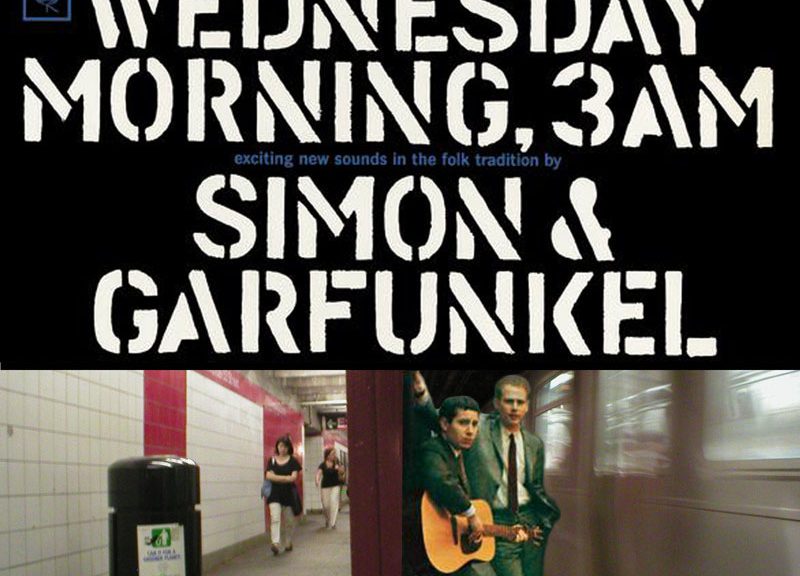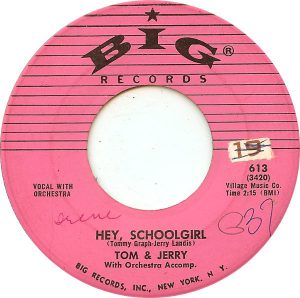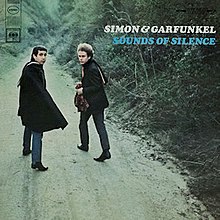1964 Teen Age Music International Show
October 28 – 29, 1964
At first glance the 1964 Teen Age Music International Show and the 1969 Woodstock Music and Art Fair are two very different events, but they do have a few things in common:
- the live show was free
- the show was recorded
- a movie was made of the concert
- many of the day’s top stars performed
1964 Teen Age Music International Show
Moondog Coronation Ball
The first rock concert that wasn’t
The idea of a rock and roll show was not new. The honor of the first rock and roll show belongs to Alan Freed who on March 21, 1952, produced the Moondog Coronation Ball at the Cleveland Arena. It attracted nearly 25,000 young people to a hall that only held 10,000. Police shut down the show, which featured artists such as the Dominoes and Paul “Hucklebuck” Williams. Police shut down the show after one song when thousands of ticket-holders, denied entrance, broke through the lines and charged into the venue.
New Wave
As I have mentioned in other blog entries here, 1965 was a turning point in American pop music. In 1964 the Beatles became the avante garde of the British Invasion, but Nobel Laureate Bob Dylan, simply Bob at the time of course, wasn’t working on Maggie’s farm no more, telling her as he left, “It ain’t me, babe.”
After Bob Dylan introduced the Beatles to Mary Jane in 1965 and the Beatles realized that music could be personal, poetic, and still please their fans, they went in a whole new direction.
The 1964 Teen Age Music International Show captured American pop just before that change.
The show itself was free because those who attended were simply extras for the movie that director Steve Binder and television producer Bill Sargent were making with a high-tech method called ‘Electronovision.’ Transferring the video to a movie using this system allowed for greater clarity.
Line up
Binder and Sargent held the show at the Santa Monica Civic Auditorium. The two gathered quite a line-up, that in my opinion, featured a greater variety than Woodstock would 5 years later:
|
|
And the house band was no other than the now-famous so-called Wrecking Crew, under the direction of Jack Nitzsche with drummer Hal Blaine, Jimmy Bond electric bass, guitarists Tommy Tedesco, Bill Aken, and Glen Campbell, upright bassist Lyle Ritz, pianist Leon Russell, and saxophonist Plas Johnson.
Rolling Stones Regrets
The Rolling Stones were still looking for the type of big time name recognition and record sales that their friends John, Paul, George, and Ringo enjoyed. To James Brown’s dismay and to the Stone’s insistence, the Stones followed Brown who had put on his usual spectacular performance. In 18 minutes he blew away the crowd.
The Stone’s set was fine, but even today they voice regret at having to follow one of the people whose music put them on the map to begin with.
1964 Teen Age Music International Show
Movie
The movie came out on 29 December 1964. Howard Thompson’s New York Times review was light on the accolades and heavy on the sarcasm: For two solid hours, against a blend of musical din and ear-splitting shriek; from a bobby-sox audience, a procession of young performers parades before the poor camera, all but shattering it. Here’s the menu, for the squares who never heard of the popular recording artists: Meet the Barbarians, Chuck Berry, Marvin Gaye, Gerry and the Pacemakers, Lesley Gore, Jan and Dean, Billy J. Kramer and the Dakotas, Smokey Robinson and the Miracles and the Supremes.
